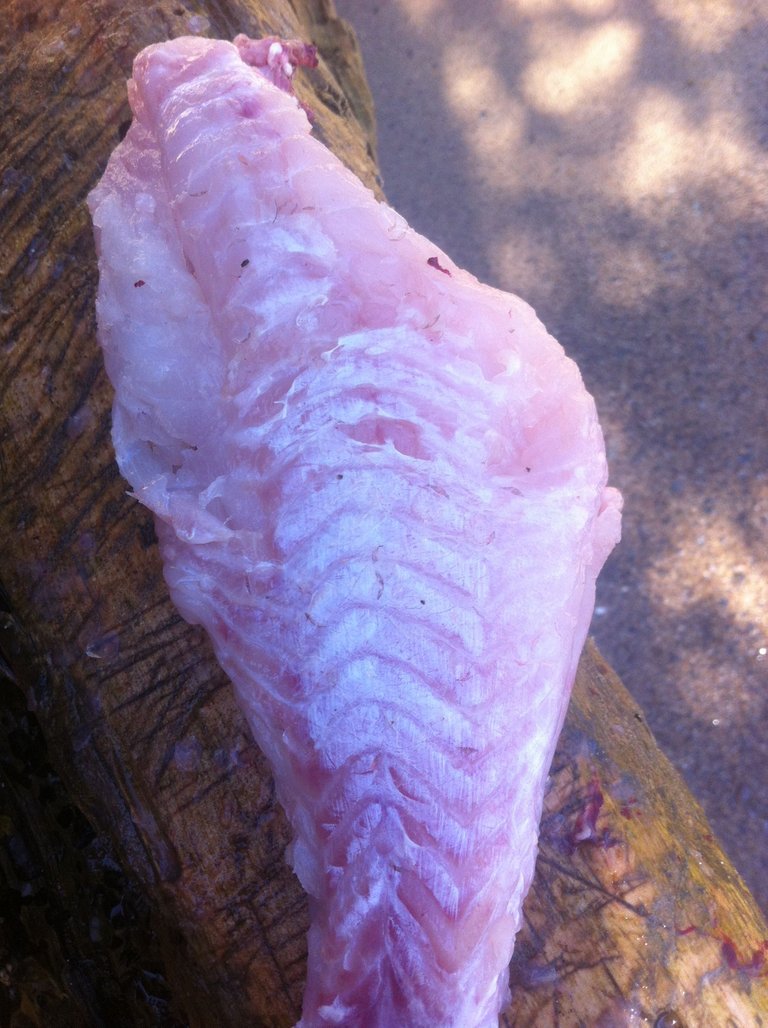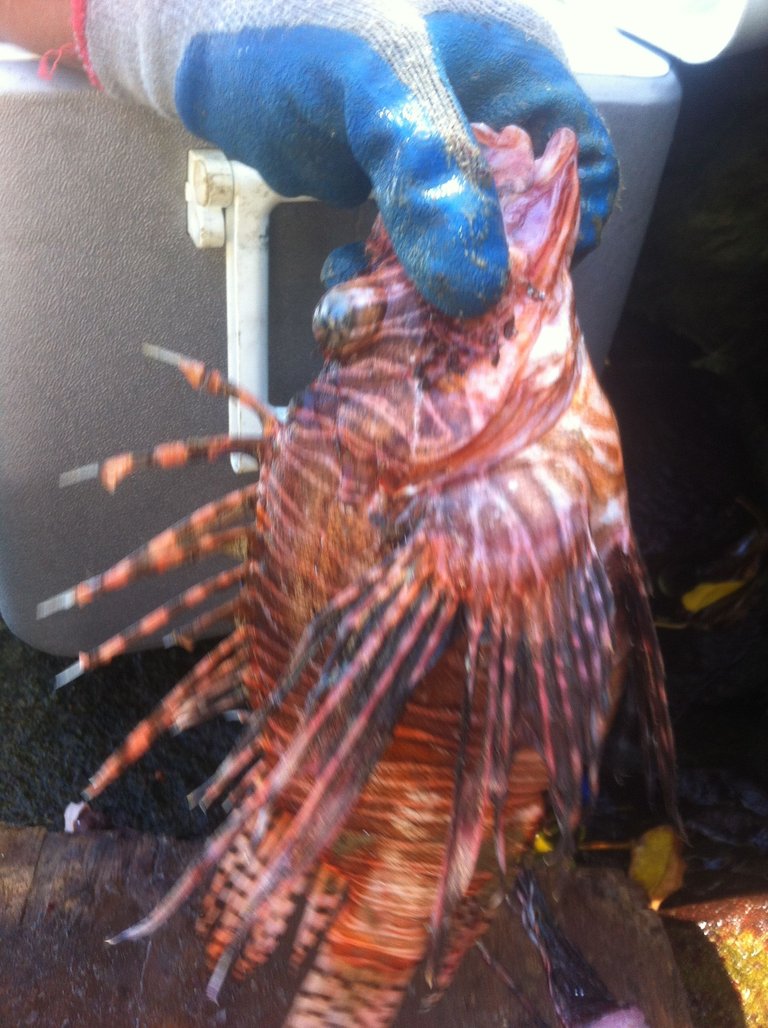LIONFISH
The lionfish, although it has an attractive coloring that has made it very popular to adorn fish tanks in different parts of the world, we should not be fooled, because it has a powerful poison that in some cases can be deadly to humans. It is not known for certain how it reached these waters, although it is said that it was in mid-1992 that Hurricane Andrew broke through the US coast, causing damage to aquaria containing these fish and consequently their release into open waters. From this moment on, no presence of these species was reported in the sea, and it was not until 2004 that their presence was reported on the coasts of the Bahamas and Cuba, and from then on, their proliferation in practically all the waters of the world. Its proliferation has been massive, given its high reproduction rate and the fact that it does not possess a natural predator, has allowed it to be considered a threat to marine ecosystems. Its voracious appetite makes it wipe out everything in its path, fish, crustaceans and even corals.
The presence of this fish in the Venezuelan coast has been representing a great ecological impact in our waters given the great destruction it leaves behind, and generates a great problem for local fishermen. That is why even the Ministry of Tourism has promoted initiatives that teach how to catch this fish safely, and more importantly, how to make it part of a succulent menu.
But despite the potency of its venom that can cause fever, convulsions, cramps, temporary immobility, diarrhea, and even death in some cases. The good news is that its venom is not found in its flesh properly, it is located in its dorsal and ventral fins, which function as hypodermic needles and is where this powerful toxin is located.
In my case, I tell you that I think it is one of the most exquisite fish I have ever eaten, we catch it through the lobster pots we have off the coast of Cuyagua, and because it is a "plague", a large quantity of it always enters the pots in search of food, which does not bother us, since its meat is very tasty, and in some way we contribute to the control of these species.
WHAT SHOULD WE BEAR IN MIND?
As I mentioned before, your venom is found in your fins, therefore we must be extremely careful with these, a puncture can cause a big problem. With that in mind, we proceed to remove them with a knife. Once removed there is no danger, and we can handle it with complete peace of mind, in my case I recommend using a large scissors to cut the fins as it is easier this way. Here I show you how our tasting friends prepare it.

As you can see, its preparation is simple, as long as we take care of it, I particularly recommend wearing gloves. I can assure you that once you taste this delicious fish you will be delighted with its taste. In my personal opinion it is one of the tastiest I have ever tasted over snapper, sea bream, sea bream, gilthead bream etc.
AND SO WE PREPARE IT
This topic of how to cook it seems to me to be more of a personal taste, since it can be prepared on the grill, fried, baked even in seviche (I recommend this last one), however here is how we prepared it last time.
That we need:
- 250 grams of lionfish
- 5 cloves of garlic
- half a spoonful of ground oregano
- one tablespoon of butter
- salt to taste.
Once the piece has been macerated with the ingredients described above, place it on the grill for 10 minutes over a moderate heat, and you will have an excellent dish to enjoy. In our case, we place yucca and striped salad on top.
SO THAT'S HOW OUR PLATE.

Well, steemit's friends, this is all I've brought you for today, so let's eat lionfish! I hope you liked it.


Congratulations @themazay! You received a personal award!
Click here to view your Board
Congratulations @themazay! You received a personal award!
You can view your badges on your Steem Board and compare to others on the Steem Ranking
Vote for @Steemitboard as a witness to get one more award and increased upvotes!